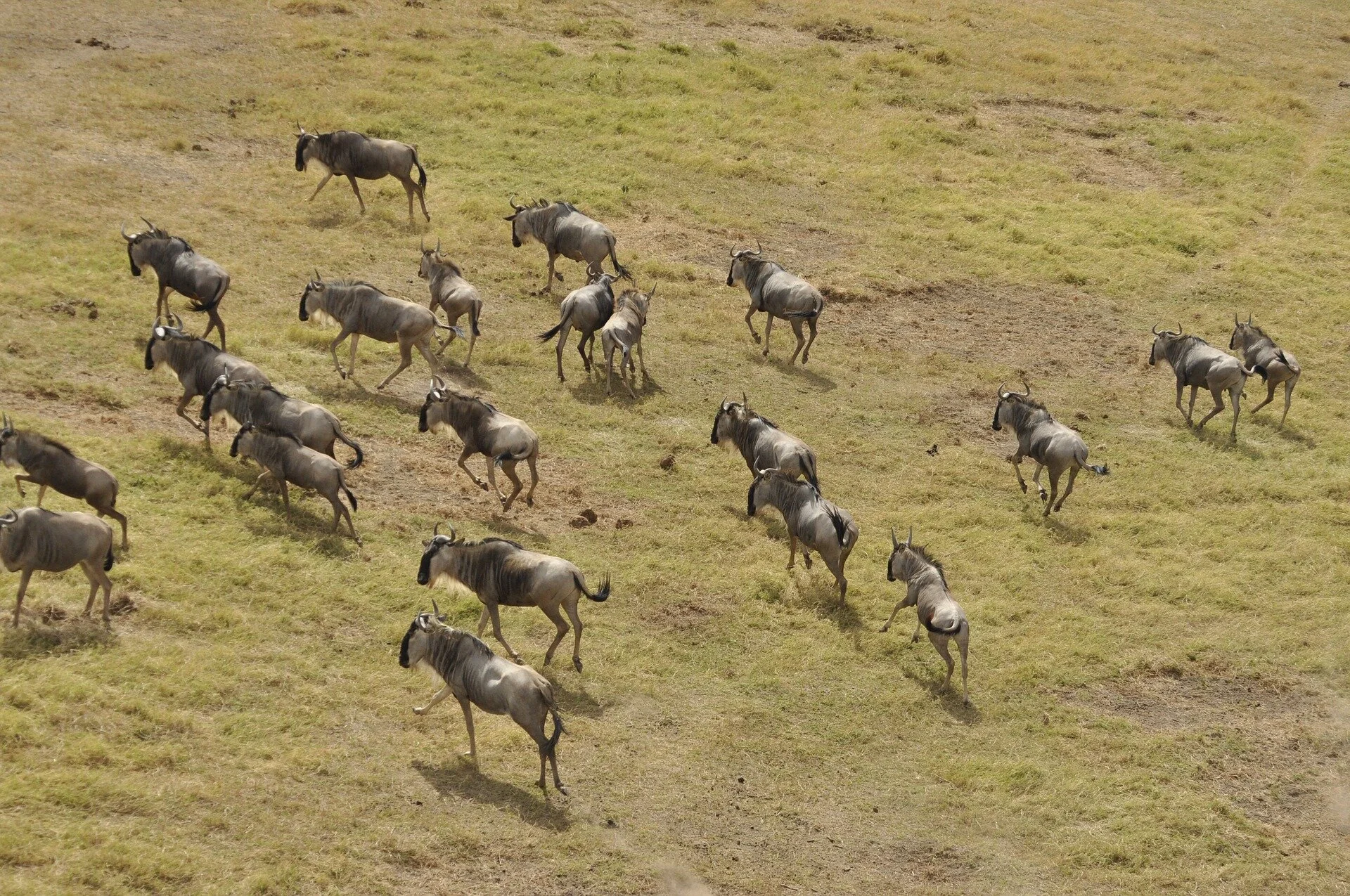University of Oxford Study Shows Social Animals Live Longer and Reproduce Over Extended Periods
In a groundbreaking study from the University of Oxford, researchers have uncovered that social species—ranging from jellyfish to humans—tend to live longer and enjoy extended reproductive windows compared to their more solitary counterparts. This research is the first to examine the impact of sociality on life span and reproductive duration across the animal kingdom.
Benefits and Costs of Social Living
Social animals often experience benefits such as resource sharing, protection from predators, and support in raising offspring. However, these advantages come with challenges: social animals are also more exposed to disease transmission, competition, aggression, and internal conflicts.
The Oxford study, led by Associate Professor Rob Salguero-Gómez, assessed 152 animal species across various taxa, including mammals, birds, insects, and corals. The findings showed that more social animals typically live longer, reproduce over more extended periods, and delay maturity compared to solitary species. While social species may struggle to adapt as rapidly to changing environments, their collective resilience can enhance survival.
Sociality and Aging
Social animals displayed unique patterns in senescence, the decline in survival and reproduction with age. For example, while social bonds often boost longevity by offering protection from predators, the stress of group hierarchies may have the opposite effect. This dual impact emphasizes the complexity of social living on aging and overall fitness.
Salguero-Gómez explained: “Our study, which evaluated an unprecedented range of species, has confirmed that highly social species—including monkeys, humans, elephants, flamingos, and parrots—exhibit longer life spans and reproductive windows than solitary species like some fish and reptiles.”
Understanding Sociality on a Spectrum
Moving beyond traditional binary classifications, this study categorizes sociality along a spectrum, considering species that display intermediate social behaviors. For example:
- Solitary: Tigers and similar species live independently, meeting only to breed.
- Gregarious: Wildebeests and certain birds gather loosely in groups.
- Communal: Species like purple martin birds share nesting spaces without cooperative breeding.
- Colonial: Birds and coral polyps that share nesting sites.
- Social: Species like elephants, which form structured groups with cooperative behaviors and social hierarchies.
Future Research and Implications
This research highlights the universal benefits of sociality, even as societies face post-COVID challenges of isolation. Salguero-Gómez notes that “sociality is beneficial across species, underscoring how being part of a group aids resilience and longevity.”
Building on this work, the research team is expanding the database and incorporating lab studies and modeling to assess how social populations buffer against climate change. This expansion will deepen understanding of how social structures contribute to species survival amid global environmental shifts.
